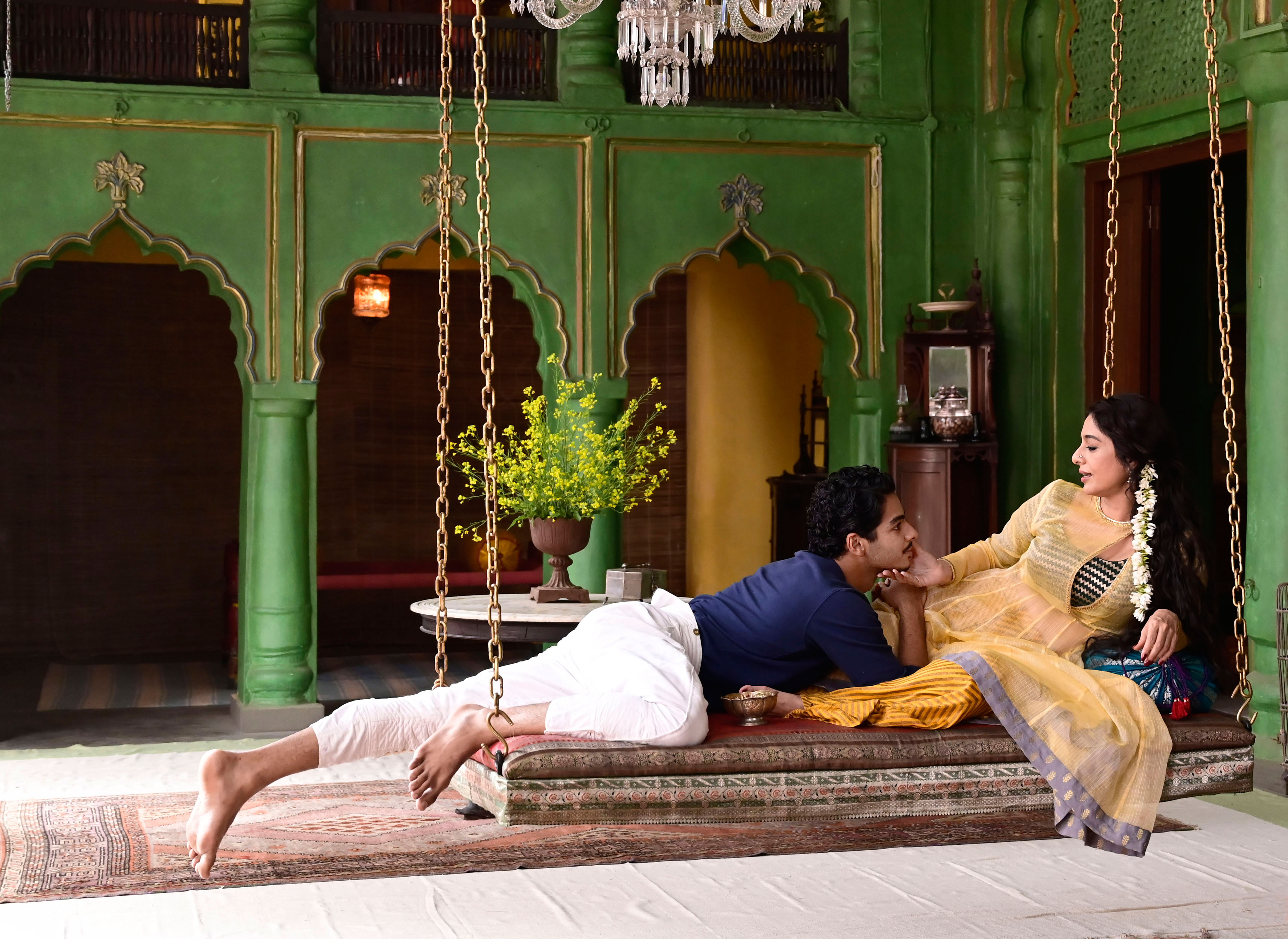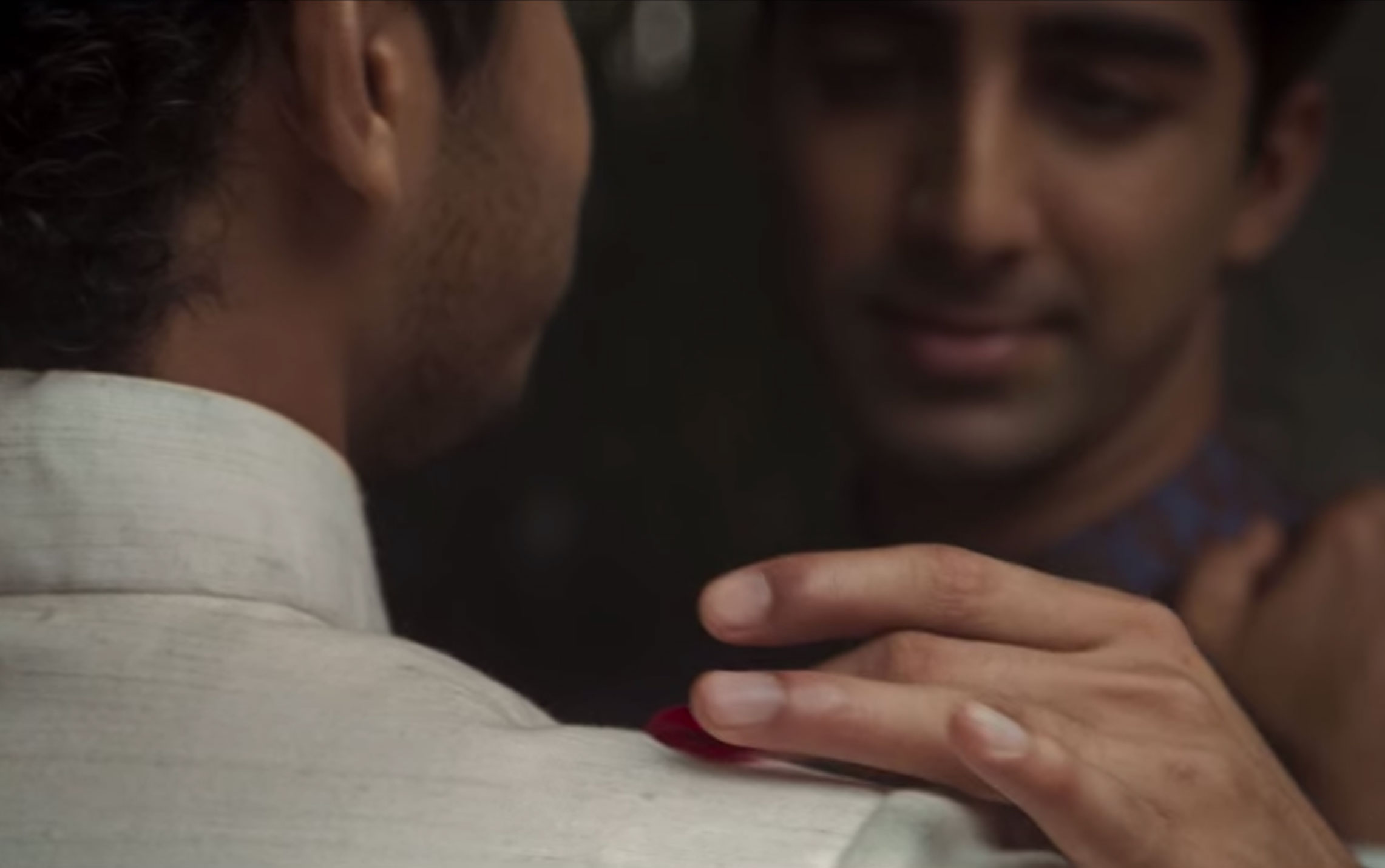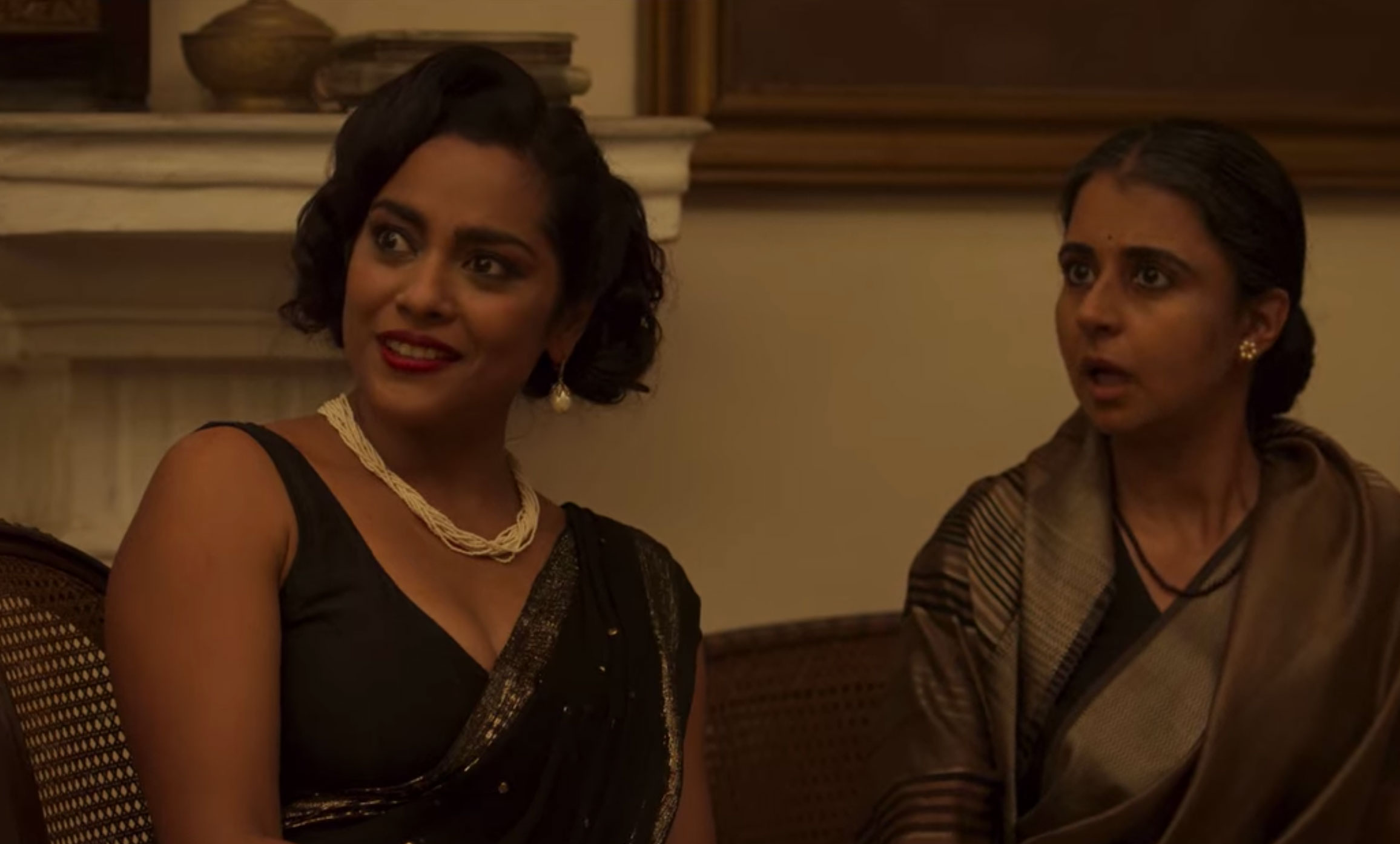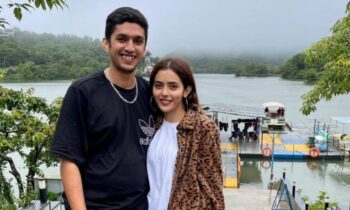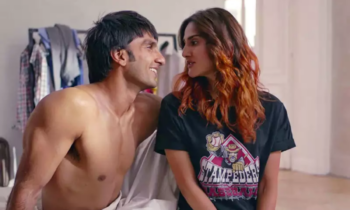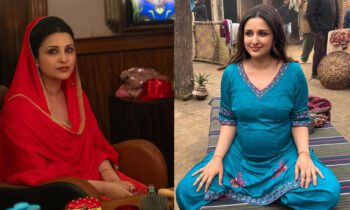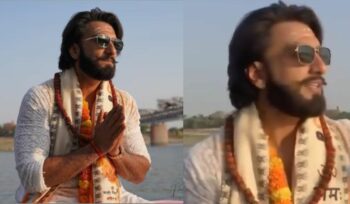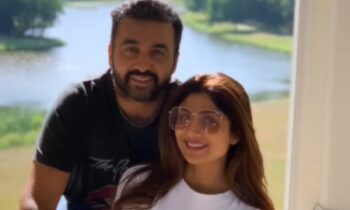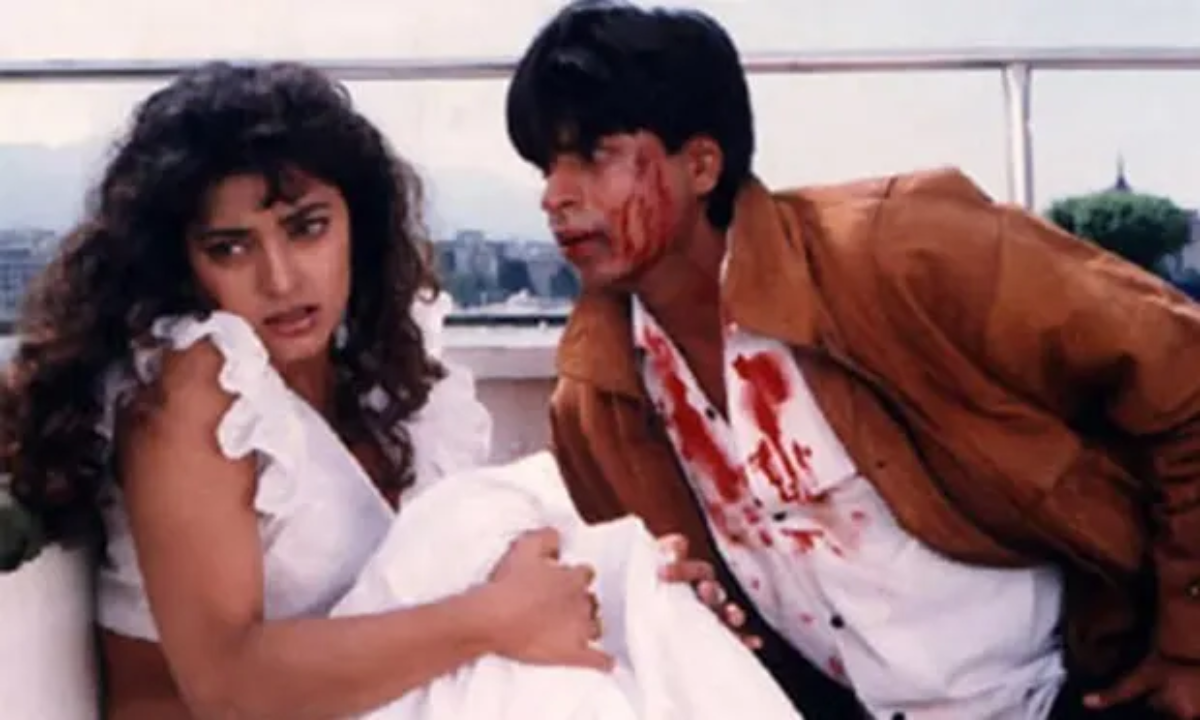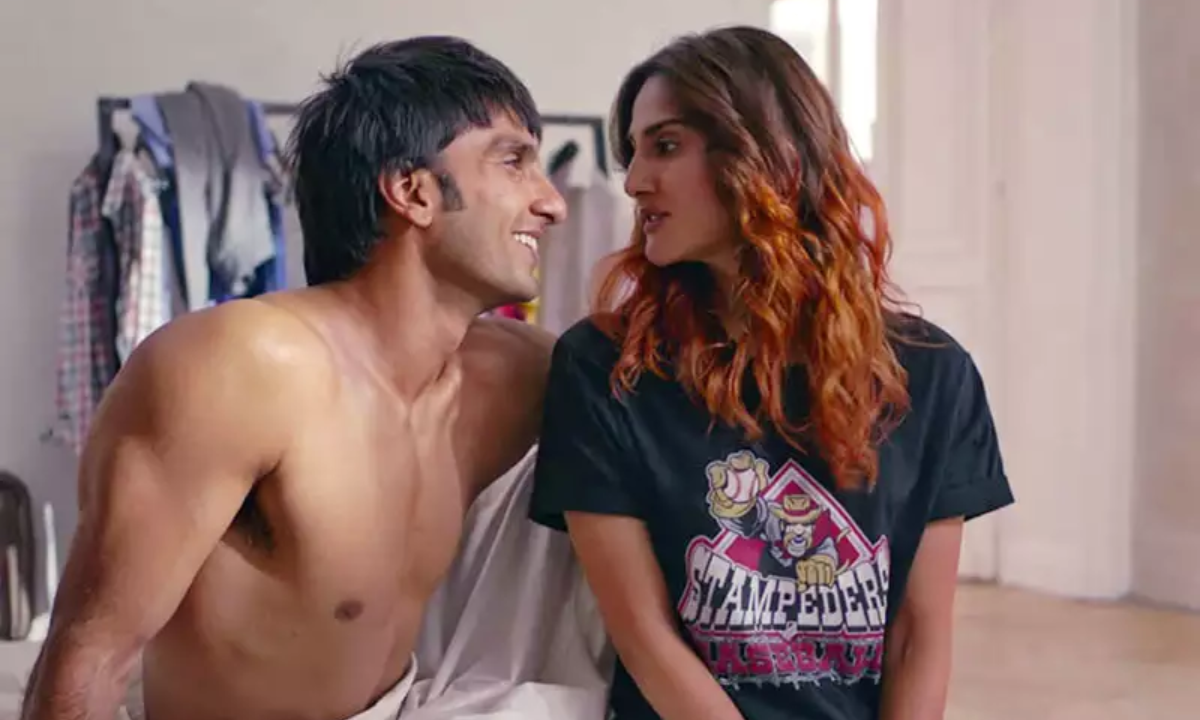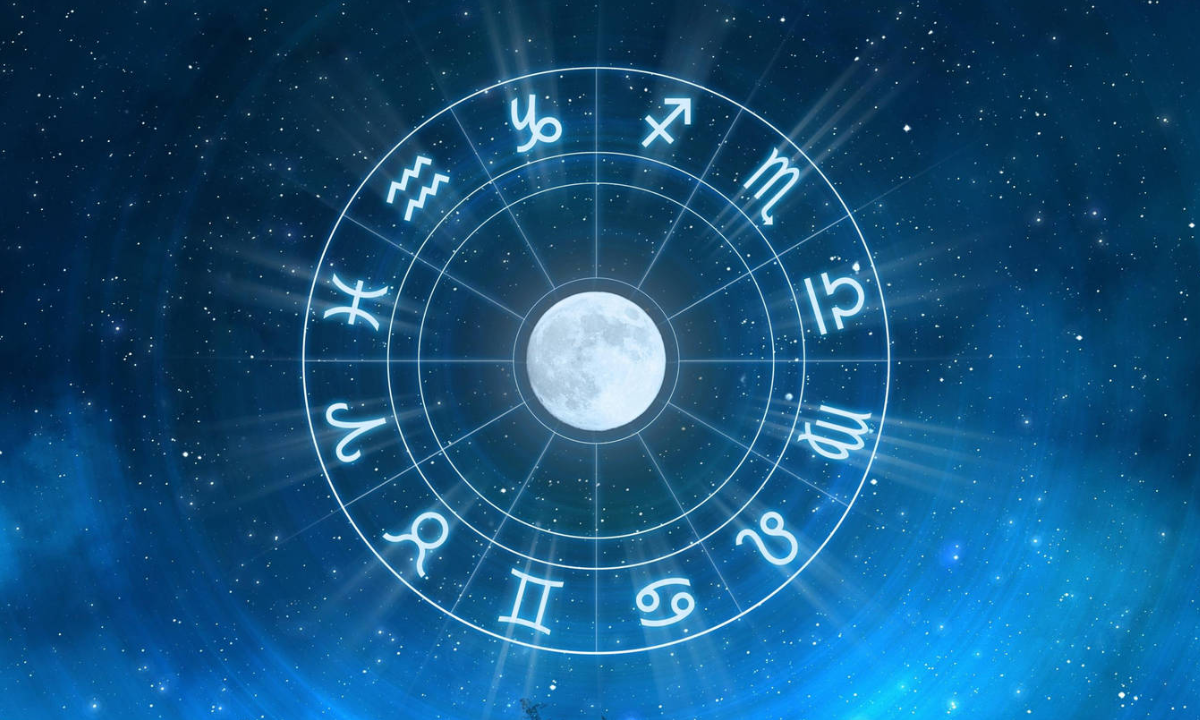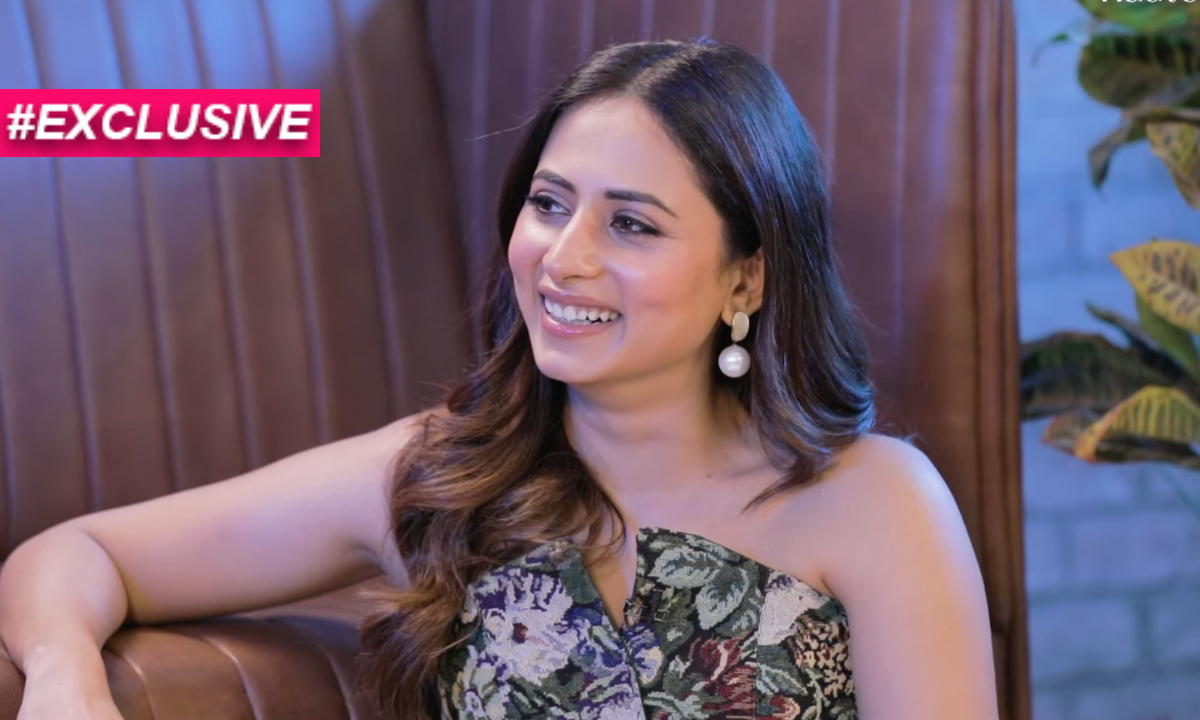A Suitable Boy Review: Mira Nair’s Immersive Adaptation Proves Not Much Has Changed For India Or Its Women
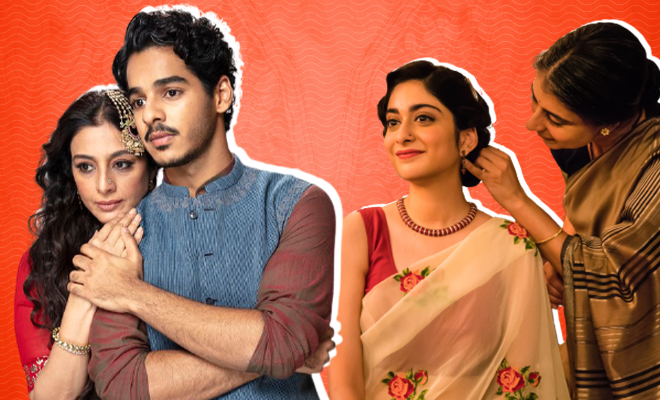
When I heard that Mira Nair and screenwriter Arthur Davies had managed to condense A Suitable Boy, Vikram Seth’s 1400-page English novel, one of the longest published in one volume, into a six-episode series for BBC, I was stumped. That, in itself, made me want to give them a star for accomplishing such a mammoth feat. I have faint memories of my own attempt at reading the novel back in school, emboldened by my success at finishing William Makepeace Thackeray’s Vanity Fair (another book-to-screen adaptation by Davies). And it wasn’t easy. Brought to us in India by Netflix, A Suitable Boy stars Tabu, Ishaan Khatter Tanya Manaktala, Mahira Kakkar, Ram Kapoor, Namit Das, Mikhail Sen, Danesh Razvi, Shubham Saraf, Rasika Duggal, Gagan Dev Riar, Geeta Agrawal Sharma, Vivaan Shah, Vivek Gomber, Shahana Goswami, Randeep Hooda, Vijay Varma, Aamir Bashir, Vinay Pathak, Manoj Pahwa, Ranvir Shorey, Kulbhushan Kharbanda and others.
https://www.instagram.com/p/CGHbOUABHxx/?utm_source=ig_web_copy_link
I was a little miffed that despite boasting of a 100+ Indian cast, and being a story set in Post-Partition India, we got to watch it after our colonial oppressors. What added fuel to this fire was the accents of the cast that, as soon as the trailer dropped, became a point of ridicule and criticism. The way they spoke made you think they were speaking English for the first time. It was going to be tough to look past that but I decided I would give the series a fair chance. Other important nuances about the story, the scale, and subtext deserve our attention. Besides, Netflix lets you watch it with Hindi audio. And since the entire cast has dubbed for their own characters, it should be easier to watch.
Of course, on the surface A Suitable Boy is Indian Matchmaking circa 1950s, and minus the technology, speed, and ease of business that Sima Taparia has in this era. It’s not like Mrs. Rupa Mehra could use video call to connect with prospective matches. Or Mahesh Kapoor, a state Revenue Minister, could send his lost and directionless son, Maan Kapoor, to a life coach so he would get over his obsession with the courtesan Saeeda Bai and marry the Benaras girl he is betrothed to. Seth’s story juxtaposes a mother’s quest to find a suitable boy for her educated and free-thinking daughter and a young man’s attempts to find out what direction is suitable for him with a newly independent India’s search for its identity. The perfect marriage of social and political commentary, if you will.
Besides it all, there’s still so much to unpack in what A Suitable Boy has to offer. Especially for those coming across the story for the first time. Let’s begin, shall we?
The Plot
The series begins with a wedding (I guess a nice tip of the hat to Nair’s and Davies’ work, eh?) in the fictional university town of Brahmpur. A widow, Mrs Rupa Mehra, having gotten her daughter married to a respectable politician’s son, tells her other daughter Lata that she will also “marry a boy I chose”. Lata, an English Literature student who prefers James Joyce over TS Elliot, isn’t a 100% on board with the idea. It doesn’t help that she gets courted and finds her first love in a college boy, Kabir Durrani. The last name rings a warning bell to back off. In the backdrop, India is still reeling from the Partition and gearing up for its first ever election. The foundations of Hindu nationalism are being laid in the country, with the Raja of Marh is hell bent on building a temple right opposite a mosque, causing tension between the communities.
Meanwhile, the father-in-law of Lata’s sister, Revenue Minister of state, Mahesh Kapoor, is trying to diffuse this tension. He’s got the support of The Nawab of Baitar, an ally and a close friend, as he appeals to the Home Minister to take the inevitable impending communal strife situation seriously. Kapoor and Nawab’s sons, Maan and Firoz are close friends too, but while Firoz is level headed and involved with his father’s political agenda, Maan is immature, directionless and after a musical concert, completely besotted by the courtesan Saeeda Bai. This almost hurts his father’s reputation, and threatens to be a huge detriment to the Land Reform Bill that he is trying to get passed, that would abolish the Zamindari system and help the poor farm labourers.
Mrs Mehra begins her search for a suitable boy for Lata, seeking help from her son Arun and his wife Meenakshi and a family friend she treats like a daughter, Kalpana. While Meenakshi manages to usher in her own brother, a London-educated barrister-turned poet, Amit Chatterji as a charming suitor for Lata, Kalpana introduces Mrs Mehra to an ambitious and grounded shoe salesman, Haresh Khanna. He gets Mrs Mehra’s vote, because the flamboyance and high society ways of Meenakshi and her family, the Chatterjis, scandalises her.
Lata, still reeling from the heartbreak of her first love, flits between Brahmapur, Calcutta and Delhi, and her three suitors—Kabir, Amit and Haresh, as well as the expectations of her own feelings, her brother and sister-in-laws insistence, and pressure from her mother.
A Suitable Boy looks and feels like poetry on screen
The opening credits are vibrant watercolour illustration of some of the most poignant moments from the story. It instantly sent me back to the bygone era, when time passed leisurely enough for us to appreciate small moments and the beauty in our surroundings. The cinematography by Declan Quinn has the camera making love to beautiful shots of the Ganges, the vibrant garb of the characters, the quaint havelis and lived-in homes of the rich and poor, the bustling towns and the slow-paced country side.
The music, by Alex Heffes, complemented with Anoushka Shankar’s sitar and vocals by Kavita Seth evoke a serenity that made me close my eyes and just listen. When you see Maan mesmerised by Tabu’s Saeeda Bai singing the poetry of Daag Dehlvi, you can feel a tug of the enchantment yourself.
A huge kudos for creating this poetic look and feel goes to Stephanie Carroll’s production design and Arjun Bhasin’s costumes. I’m in love with Saeeda Bai’s haveli and the sarees donned by the women in the series! Everything from Lata’s simple salwar suits to her elegant sarees is beautiful. This one particular outfit, donned by Shahana Goswami, with fitted pants underneath, in a tango sequence during one of the posh parties at Chatterji House is a bold choice and a favourite.
Also Read: Mira Nair’s ‘A Suitable Boy’ Trailer Has The Audience Frowning At The ‘Unsuitable’ Accent Of Its Indian Cast
The confluence of English, Hindi and Urdu
Right, okay, treacherous topic here. Turns out, BBC has a mandate that only a small percentage of dialogues can be in languages other than English. So I guess, that makes it clear why Mira Nair chose English to be the language to shoot in. But she and Andrew Davies have managed to weave in Hindi in the background conversations and in exchanges where the main characters are too overwhelmed with emotion. That happens to us too, doesn’t it? The mother tongue peeks in when we least expect it. Urdu is reserved for the more romantic moments and notions. It’s almost like the language that narrates what you feel when watching the series, because a lot of the songs that Saeeda Bai sings are interludes and backgrounds that connect scenes and their underlying emotional subtext.
The accents are a little frustrating when you start watching, but I was able to tune out and let the visuals do the talking for me.
The Writing
https://www.instagram.com/tv/CGrUjzQpGdY/?utm_source=ig_web_copy_link
When the first episode was telecast on BBC, I read the first impressions, which waxed on about how the adaptation was a let down. It was charmless, barely touched the surface with the socio-political subtext that Vikram Seth imbued his masterpiece with, and was almost caricaturist because you couldn’t establish a connect with the characters. Despite being a reader first, I’ve tried to not judge adaptations by the whole ‘book is always better than the movie’ because I believe in the subjective power of books which can be be interpreted differently by different people. It’s like saying the first copy Gucci doesn’t feel like the original;. Duh, of course. Books allow readers to create their own worlds, and once you’ve gotten a taste for that, someone else’s vision of what that world looks like might never quite match up.
But one episode in, and I felt strongly held by A Suitable Boy, fascinated just as Maan was by Saeeda Bai or Lata was by Kabir. The writing, which some might describe as languishing, I felt as languorous, like a long, pleasant summer afternoon with a pitcher of lemonade. At least that’s how I picture that era in my head when time was slower, the vestiges of Westernisation still retained while we tried to reclaim our Indianness back. Considering they had just six episodes to fit the story in, you’d expect it to progress at break-neck speed. But that wasn’t the case. For me, the pace did justice to Lata’s confusion, which as a girl who’s looking for arranged marriage suitors of her own, I completely understood. It is long and tiresome. Even Naan’s journey couldn’t have been portrayed without giving it sufficient time to ripen and mature, as the character does.
The Themes in A Suitable Boy
https://www.instagram.com/p/CGhnIO0pBCW/?utm_source=ig_web_copy_link
1. Marriage and women’s dilemma
A Suitable Boy is first and foremost a rishta auntie’s delight as it lays out the long and tedious process of finding the perfect match. It then also delves into what makes a perfect match. You’d think Rupa Mehra is this orthodox woman who just cares about getting her kids married off. But read deeper into her character and you will see that both her sons and daughters are well educated, free thinking and strong minded individuals. Sure, she is prone to colourism, casteism, classism and whole bunch of issues, but this is the 1950s. The fact that nothing much has changed in looking for rishtas now proves that we may think we’ve come far, but have we?
Even the match that Lata finally picks and what drives her to make that decision is rooted in patriarchal norms of the society. When you draw parallels between her and Saeeda Bai’s story, you understand why a woman has to often be selfish to ensure her security, reputation and happiness in a male-dominated world. This is in stark contrast with Meenakshi Chatterji, who is bold enough to seize what she wants with flair, but only because of the privilege that her class and society status accords her.
Also Read: #Culture: We Need To Talk About Indian Matchmaking’s Mommy Issues. Akshay’s Mom Preeti Was A Classic Example Of Toxic Femininity
2. Maan and Firoz, the queer subtext
Maan remains one of the most intriguing characters of the story, helped copiously by Ishaan Khatter’s passionate performance. His arc is one that undergoes the most transformation, from a brattish young boy to a man who takes responsibility for his actions. But his love for Saeeda Bai aside, the makers have managed to layer in subtle queer subtext in the friendship between Maan and Firoz, the Nawabzaada of Baitar. Oft times, it appears subconscious. But other times, like when both their fathers chalk their joint absence to a knowing nod that the boys would be together, or when Maan cracks innuendos before Firoz, while their hands are touching, which feels a lot more than just banter between friends. Maan and Firoz are shown rather physical with each other, as compared to say Lata and her friend.
What I love about how this relationship has been portrayed is that there’s not concrete subtext attached to it. It could be, and it couldn’t be. But the gentle flicking of a rose petal off the shoulder could mean so much!
3. The younger generation as different facets of Post-Partition India
Lata, Maan, Firoz, Rashid, Varun, Kabir, Amit, Haresh… these are all representations of the different facets of India’s identity. Our country is confused like Lata is between her suitors and chooses a path that her mother lays out for her. The safest one. It’s what our people have almost always done. In her youngest brother Varun, I saw the vast untapped potential that our country has, often dismissed by those who think they’re better off. But even with that easy-go-luckiness, we can still surprise our doubters.
https://www.instagram.com/tv/CGcQNs0nT0X/?utm_source=ig_web_copy_link
In Haresh, I spotted the hardworking India, one that isn’t afraid to get down on its knees, work hard and reap the rewards of its labour. This is India’s middle class, with sky high dreams but feet on the ground. It keeps the country running. While Kabir is the poet, Amit is the superficial rich who think they know what they want but are never too clear. And in that, they lose out on what could’ve been theirs. In Rashid’s story, I saw an India that wants to change things but never gets the support from the people who can make a difference. The idealist dream then dies a sad, lonely death.
In Maan and Firoz’s friendship, I saw the communal harmony that India ought to understand that it has in its heart. Sure, there might be some rift, but a lot of it is misunderstanding. And only if the younger generation, guided and supported by the older, shows empathy and forgiveness can we strive towards peace.
4. The parallels between the past and the present India
If you need an answer to the question, are we regressing to the old times, A Suitable Boy might give you an answer. Yes, we are. A lot of what the socio-political subtext will compel you to make comparisons with what’s happening in India today being pretty much a more ripened version of what was happening back them. While in the book, the political situation might’ve been more of a backdrop, Mira Nair chose to place the parallels in the foreground here, and it takes up quite a bit of the story. India during its first elections and the India now are rather similar—fraught with communal discord triggering violence at the slightest provocation. Women getting caught in the crossfires of men’s vanities and ambitions. How kings and politicians at the top light the match, and then are enjoying their lives while the common man burns in the inferno they lit….
Through the stories of Saeeda Bai, the Mehras, Chatterjis and Lata’s search for a groom, the social parallels between men’s outlook on marriage, how they treat women, what women value in a marriage and a man, and how patriarchy continues to influence all of the above even now as much as it did back then, is portrayed quite well.
The Acting
This cast, oh my sweet lord! Watching A Suitable Boy is like getting a surprise at every turn of the road. The actors are recognisable faces from Bollywood and Indian television, so the familiarity is instant. Each actor puts their best foot forward and brings these characters to life. I wish, for their sake, that the accent wasn’t an issue. Some, like Shahana Goswami or Ram Kapoor, don’t feel as musical as others when they’re speaking English.
https://www.instagram.com/p/CGXGNDvpgDK/?utm_source=ig_web_copy_link
It’s hard to pick favourites but I shall endeavour. Tabu is Tabu, and I cannot imagine anyone else as Saeeda Bai. The vulnerability she brings forth every time she is enervated by Maan’s love for her is beautifully done. Tanya Manaktala makes for a delightful lead as Lata. That dazzling smile, the breezy self-assuredness that she carries herself with, no wonder, charms all of her suitors. Mahira Kakkar makes a convincing Mrs Mehra too, and you share Lata’s love-her-but-she-drives-me-crazy emotion for her mother. I LOVED watching Shahana Goswami’s Meenakshi! If A Suitable Boy was a classical music by the lake in summer, Meenakshi rushed in breaking the calm before the cabaret!
I thought the casting was impeccable with the male actors too, from Namit Das as the diligent Haresh to Danesh Razvi as the passionate first love Kabir, and Mikhail Sen a the polished charming poet, Amit. Vivaan Shah’s Varun was the perfect black sheep, who surprised everyone. And I thought both Ram Kapoor and Aamir Bashir completely sold their sincerity as much as Rashid sold his helplessness and Vivek Gomber his anglicised faf.
For me though, Ishaan Khatter’s Maan is the one that surpasses them all. His chemistry with Tabu is the highlight of the series for me. I enjoyed his every transformation, laughed at his carelessness, felt his yearnings, hated him and rooted for him. When a character has you so invested, you know the actor’s done a great job.
Verdict
A Suitable Boy offers a lot to the eye that seeks it out. While I do wish the story could’ve been spread over more episodes, and perhaps edited in some places for brisk pace, I’m quite pleased by Mira Nair and Andrew Davies’ adaptation. That’s high praise, considering I went in with a lot of doubts and watched it all in a single binge, until 5 am. In an interview, Nair talked about how the series was an attempt to showcase how India is losing its pluralism. And I could see that come through.
You can also see the fragrance of Monsoon Wedding wafting through her treatment of the series, which she admitted she made because back then she couldn’t imagine adapting such a huge novel into a series like this. I did miss a certain rawness and grittiness that you’d often find in her work, which added that extra spice to the dish. But it wasn’t exactly a dealbreaker for me. I guess, like Lata, I chose to go for what worked best for me!
I came in to watch A Suitable Boy with inhibitions. But instead, I actually couldn’t put it because it had so many stories to tell, and it was doing a rather satisfactory job of telling them.





